India’s railway history began long before independence, and some of its stations still whisper stories from the 1800s. Standing at one of these oldest railway stations in India is like stepping back in time. This is where British-era architecture, steam-age charm, and living heritage come together for an immersive experience.
With over 7,000 stations across the country, only a few have stood the test of time since the 19th century. These are not just transit points, they’re monuments of India’s industrial past, where the first engines rolled, and the nation’s love for train travel began.
Whether you’re a railway enthusiast, a history lover, or just curious about where India’s first trains departed, this guide takes you through 18 of the oldest railway stations in India built before the 1900s, each carrying a legacy of innovation, architecture, and adventure.
18 Old Railway Stations in India Built Before the 20th Century
Chhatrapati Shivaji Terminus – 1853
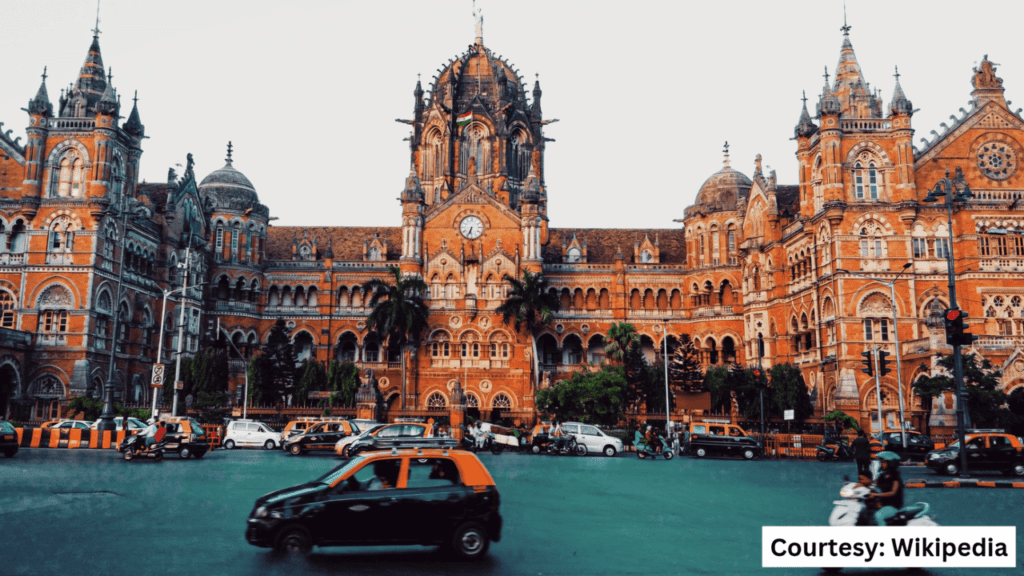
State: Maharashtra | Platforms: 18
If you’re looking for the first railway station in India, it has to be the iconic Chhatrapati Shivaji Terminus (CST). Formerly called Victoria Terminus, CST is a UNESCO World Heritage Site.
The station began as Bori Bunder railway station, funded by the Great Indian Peninsula Railway (GIPR) in Britain. The first passenger train in India ran from here on April 16, 1853. It carried 14 carriages and 400 passengers. Regular service started two days later.
As Bombay (now Mumbai) grew, the single-track line could not handle the traffic. In 1878, British engineer Frederick William Stevens was commissioned to design a new station. His design drew inspiration from St Pancras Station in London and Elphinstone College in Mumbai.
The new building replaced Bori Bunder station and took ten years to complete, opening in 1888. It was named Victoria Terminus to celebrate Queen Victoria’s Golden Jubilee.
Although many sources claim CST was built in 1853, that refers only to the original Bori Bunder track. The iconic building we know today was completed in 1888.
In 1996, it was renamed Chhatrapati Shivaji Terminus (CST), and in 2017, it became Chhatrapati Shivaji Maharaj Terminus. Today, with 18 platforms, CST is India’s busiest railway station, serving nearly 4 million passengers daily.
Howrah Junction – 1854

State: West Bengal | Platforms: 23
Howrah Junction, also called Howrah railway station, is the second oldest railway station in India. It serves over a million passengers daily, making it one of India’s busiest stations.
Unlike Mumbai’s Bori Bunder station, Howrah retains its original structure. Built in 1854, the station showcases the iconic Romanesque architectural style still standing today.
The station’s origins trace back to 1849, when the East Indian Railway Company planned railways along the west side of the Hooghly River. The plan included a rail link to Calcutta (now Kolkata) across the river. A 1,700-foot (520-meter) bridge was considered too ambitious at the time and postponed for future construction.
As the economy boomed, Howrah Junction expanded. New tracks and platforms were added to meet growing passenger demand. By 2009, Howrah Junction had 23 platforms, making it India’s largest railway station by platform count.
Royapuram Railway Station – 1856

State: Tamil Nadu | Platforms: 4
Royapuram Railway Station, known as the first railway station in Tamil Nadu and first in South India, is among the oldest railway stations in India. It is now the second oldest station after Howrah Junction to retain its original structure.
Railway plans in South India began in 1832 but remained on paper. In 1845, the Madras Railway Company attempted to start construction, but the plan stalled. After Bori Bunder railway station opened in Bombay, South India revived its railway ambitions.
Royapuram was chosen as the main station due to its proximity to Fort St George, a British settlement. The station opened to the public on June 28, 1856.
Unlike the earlier terminuses, Royapuram suffered decades of poor maintenance. The government refurbished it in 2005 at a cost of 3.5 million INR, and it reopened on October 2, 2005.
Pune Junction – 1858
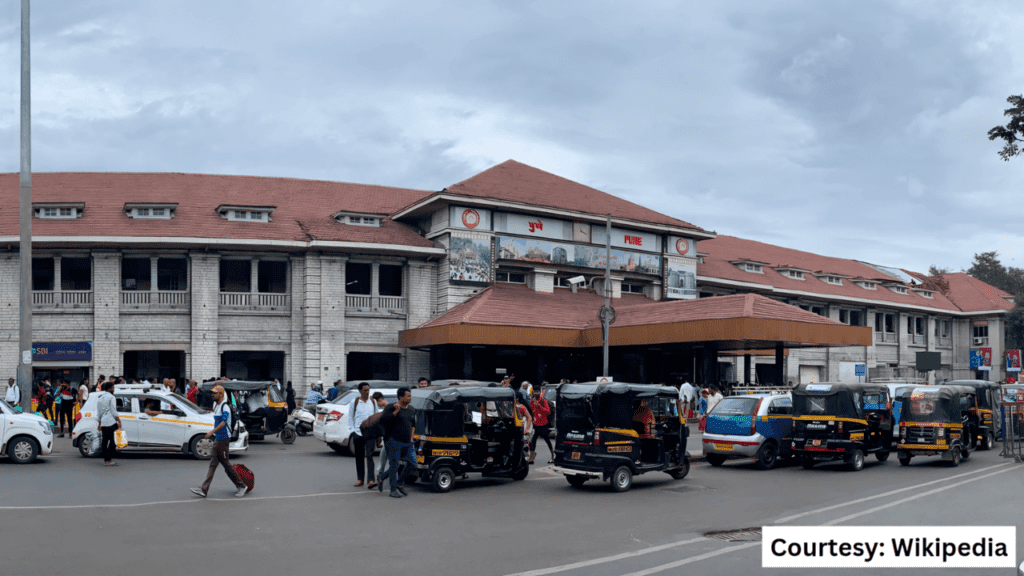
State: Maharashtra | Platforms: 6
Pune Junction is one of Maharashtra’s oldest railway stations and a key connection from Mumbai. After India’s first railway line opened in 1853, the line extended to Kalyan in 1854 and Palasdari in 1856. The Great Indian Peninsula Railway Company worked on the Bhor Ghat incline to link Pune with Mumbai.
Pune, known as the education hub of Maharashtra, opened its railway station in 1858. However, it remained unconnected to Mumbai until the Bhor Ghat incline was completed in 1862.
The current Pune Junction building was constructed in 1925, replacing the original station. The railway line later extended to Raichur in 1871, improving connectivity to other towns.
Kanpur Central – 1859
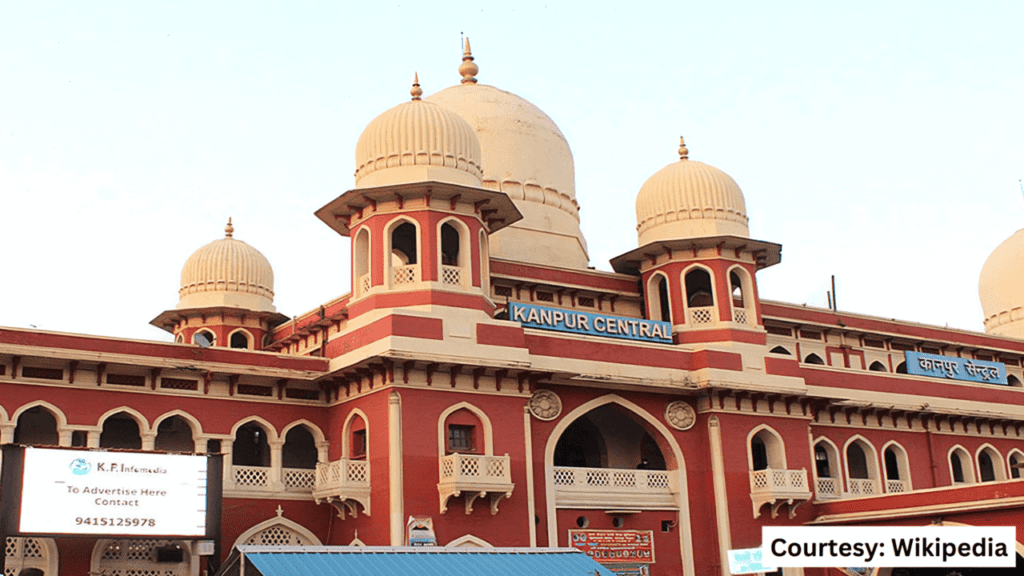
State: Uttar Pradesh | Platforms: 10
Kanpur Central, formerly Cawnpore North Barracks, is one of India’s oldest railway stations. Located in bustling Kanpur city, it combines historical significance with modern transit importance.
The station opened in 1859 as a small stop on the Kanpur–Allahabad line. It was later renamed Kanpur Junction, and eventually Kanpur Central due to its strategic location and growing economic importance.
Kanpur Central is now the third busiest railway station in India, with 475 trains passing daily. It also holds the world’s largest interlocking route system, making it unique among Indian stations.
The station retains its original Indo-Saracenic architecture, reflecting both colonial history and traditional Indian design.
Prayagraj Junction – 1859
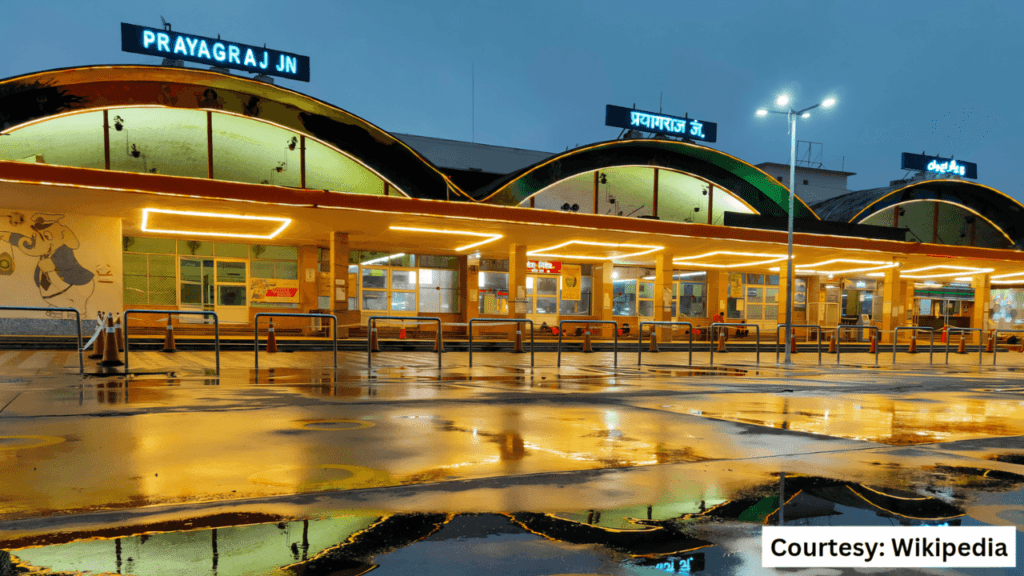
State: Uttar Pradesh | Platforms: 10
Prayagraj Junction, formerly Allahabad Junction, is one of the oldest railway stations in India. It serves as the headquarters of the North Central Railway Zone.
The first train ran from Allahabad to Kanpur in 1859, marking the station’s operational debut. By 1864, the line extended to Delhi, connecting Prayagraj with towns along the Ganges.
Today, Prayagraj Junction is an A-grade railway station, offering modern amenities and facilities to millions of passengers annually.
Vadodara Junction – 1861

State: Gujarat | Platforms: 7
Vadodara Junction is one of the oldest railway stations in India and the fifth busiest in the country. It was built in 1861 by the Bombay, Baroda and Central India Railway Company.
Over 150 years old, the original station required repairs due to poor maintenance. In 1954, a new building replaced the old structure, ensuring modern functionality while serving thousands of passengers daily.
Vadodara Junction remains a major hub for trains entering Gujarat, connecting the state to key cities across India.
Tirur Railway Station – 1861

State: Kerala | Platforms: 3
Tirur Railway Station is the oldest railway station in Kerala and one of the oldest railway stations in India. It opened on March 12, 1861, serving as a key point for the British.
The first railway line ran from Tirur to Beypore and was later extended to Kuttipuram via Tirunavaya, improving passenger and goods movement across the region.
Although not a major hub, Tirur Station remains a stopping point for many trains entering Kerala. Today, it is a Class A railway station, serving locals and travelers from across India.
Sealdah Railway Station – 1862
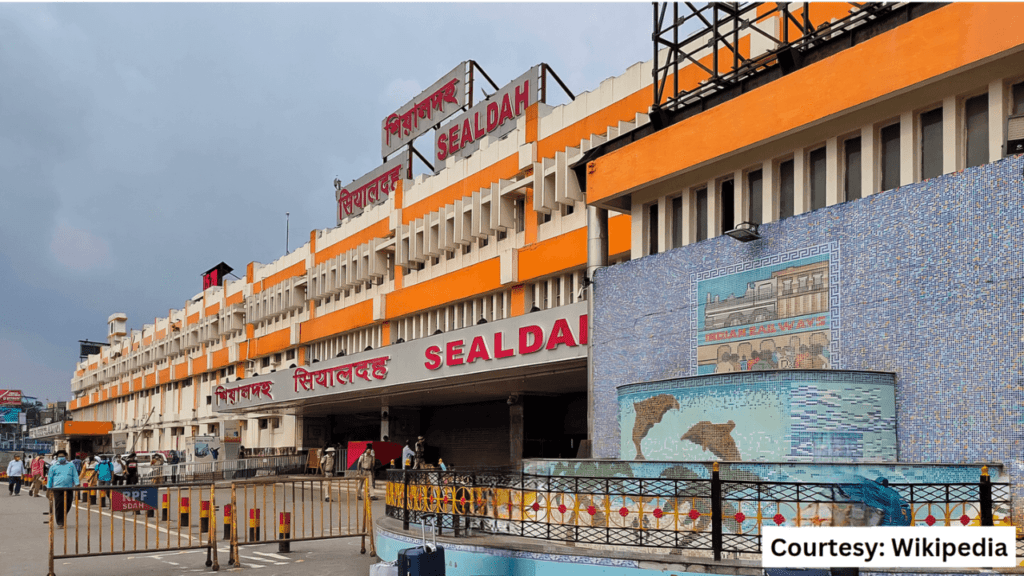
State: West Bengal | Platforms: 21
Sealdah Railway Station is one of the oldest railway stations in India and a major hub in Kolkata. It serves millions of passengers across the metropolitan area.
The station opened on December 2, 1862, as part of the Eastern Bengal Railway network, connecting Calcutta (now Kolkata) to Kushtia. While operational from 1862, the official station building was constructed seven years later in 1869.
Mughalsarai Junction – 1862
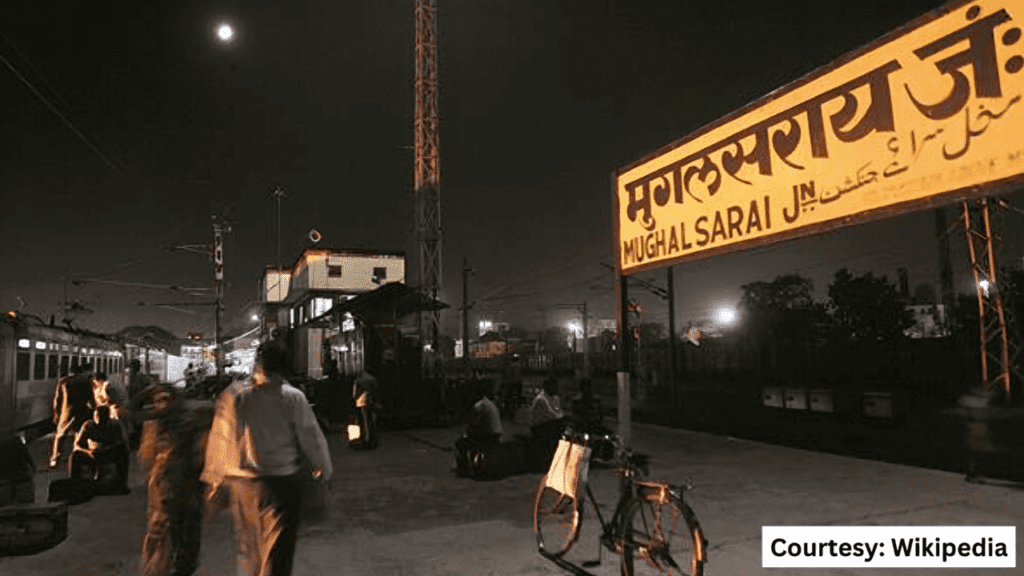
State: Uttar Pradesh | Platforms: 8
Mughalsarai Junction, now renamed Pandit Deen Dayal Upadhyaya Junction, is one of the oldest and largest railway stations in India. Built by the East Indian Railway Company, it serves as a major hub in Uttar Pradesh.
The station was strategically planned to connect northern and eastern India, linking Delhi with Calcutta (Kolkata). Its location helped the British improve transportation and logistics across the region.
Mughalsarai Junction hosts Asia’s largest marshalling yard, capable of handling 1,500 wagons daily. This makes it a key operational and logistical hub for Indian Railways.
Delhi Junction – 1864
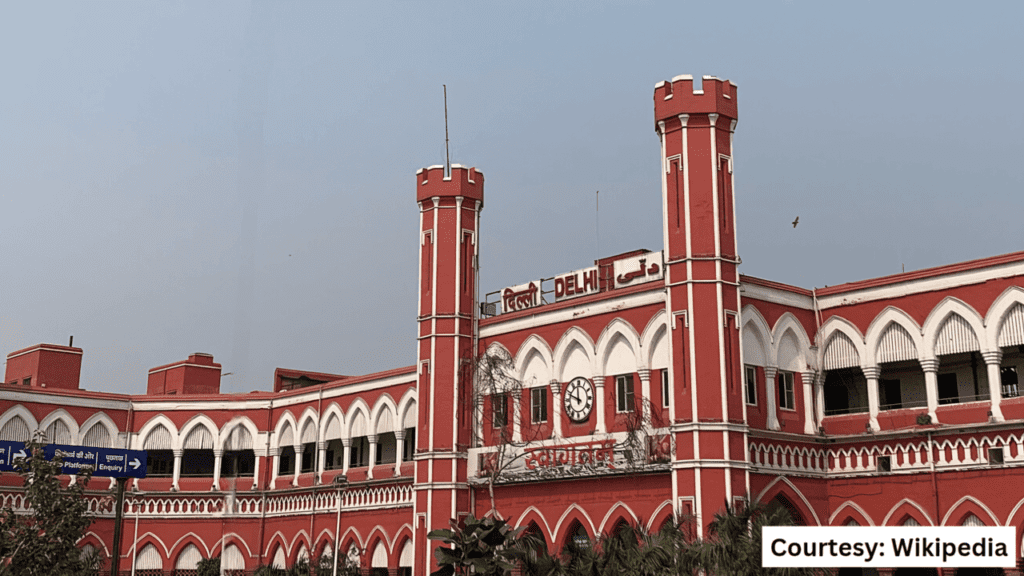
Union Territory: Delhi NCR | Platforms: 16
Delhi Junction, one of the oldest railway stations in North India, is also among the busiest stations in India. It opened in 1864, with the first train running to Calcutta (Kolkata). By 1873, trains connected Delhi to Ajmer.
The current station building was constructed between 1900 and 1903 using red sandstone, inspired by the historic Red Fort. Its six clock towers make it one of India’s most distinctive railway buildings.
Originally, the British planned a station in Meerut to extend railways to Punjab and Howrah. Local aristocrats protested, resulting in a station being built in Delhi instead.
Today, Delhi Junction serves over 250 trains and more than 250,000 passengers daily.
Chennai Central – 1873
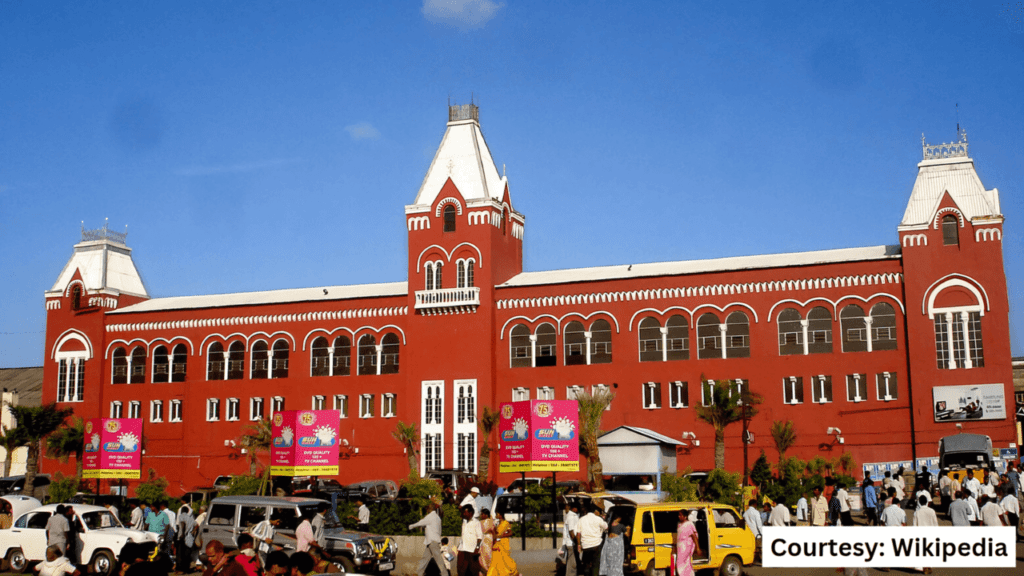
State: Tamil Nadu | Platforms: 17
Chennai Central, formerly Madras Central, is one of the oldest and busiest railway stations in South India. It connects major cities like Mumbai, Kolkata, and New Delhi, as well as several Tier-2 towns.
The station was designed by British architect George Harding in the Gothic Revival style. It is the second railway station in South India and Tamil Nadu, built after Royapuram Railway Station. Its strategic location eventually reduced Royapuram’s prominence. By 1908, Chennai Central became the headquarters of the Madras and Southern Mahratta Railway Company.
In the late 1980s, the station required expansion. When Madras City was renamed Chennai in 1996, Madras Central became Chennai Central. A new building was completed in 1998, designed to blend seamlessly with the original Gothic architecture.
Agra Fort Railway Station – 1873
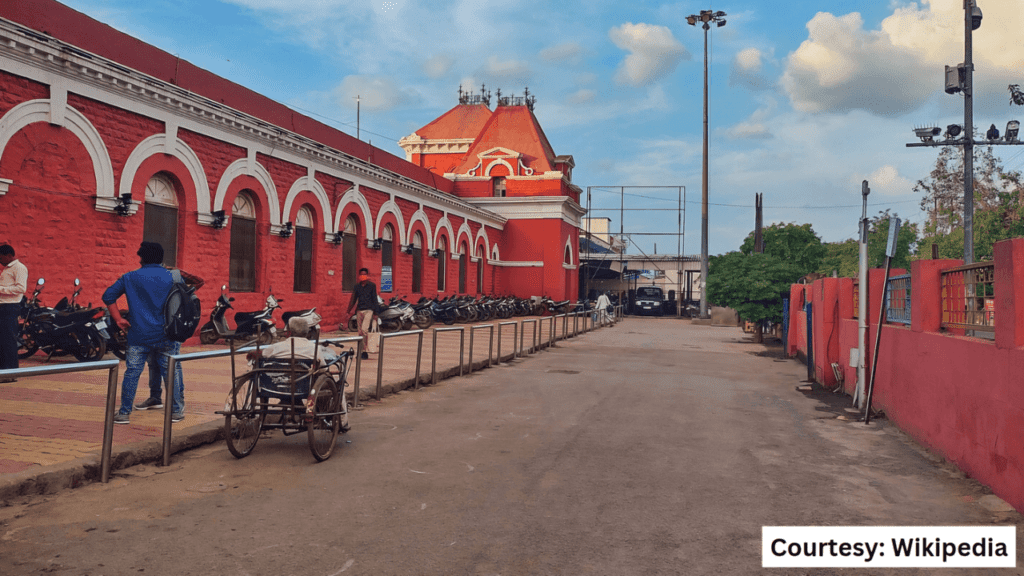
State: Uttar Pradesh | Platforms: 4
Agra Fort Railway Station, part of the North Central Railway, opened in 1873. The first train from Agra to Bandikui ran in 1874. The station was built on the historic Tripolia Chowk, a spacious octagonal town square.
While not among India’s largest stations, Agra Fort serves the millions of tourists visiting the Taj Mahal and other heritage sites. Today, the station handles around 87,000 passengers daily, making it a key gateway for travelers exploring Agra.
Jaipur Junction – 1875
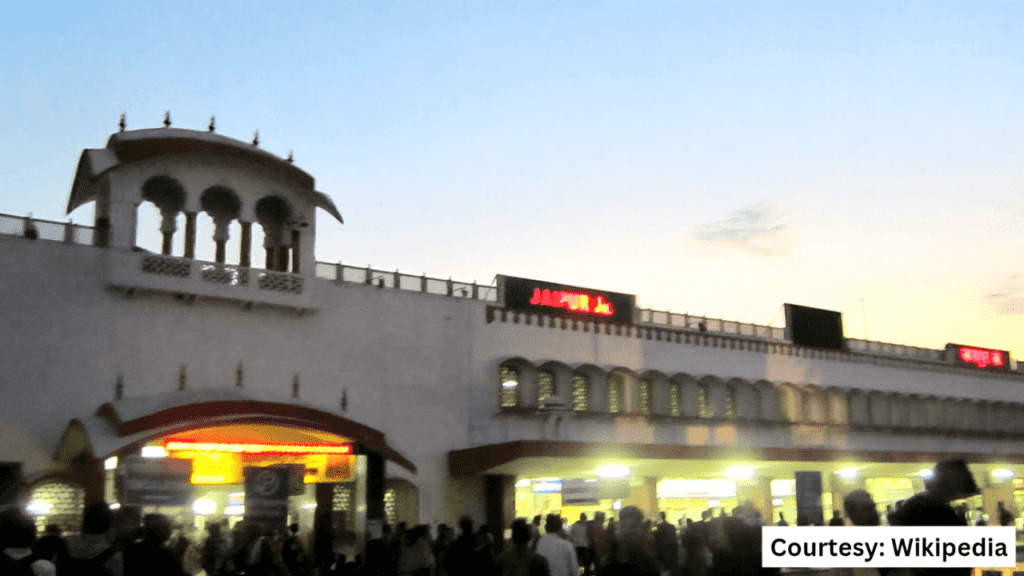
State: Rajasthan | Platforms: 9
Jaipur Junction is one of the busiest railway stations in Rajasthan, serving the state’s capital. Opened in 1875, it is centrally located, near Sindhi Camp, the inter-state bus terminal, and Jaipur Metro.
The station’s architecture reflects the city’s royal heritage, featuring arches, domes, jaali work, and stone elements. Inspired by Jaipur’s famous forts and palaces, Jaipur Junction is regarded as one of India’s most beautiful railway stations.
Puducherry Railway Station – 1879
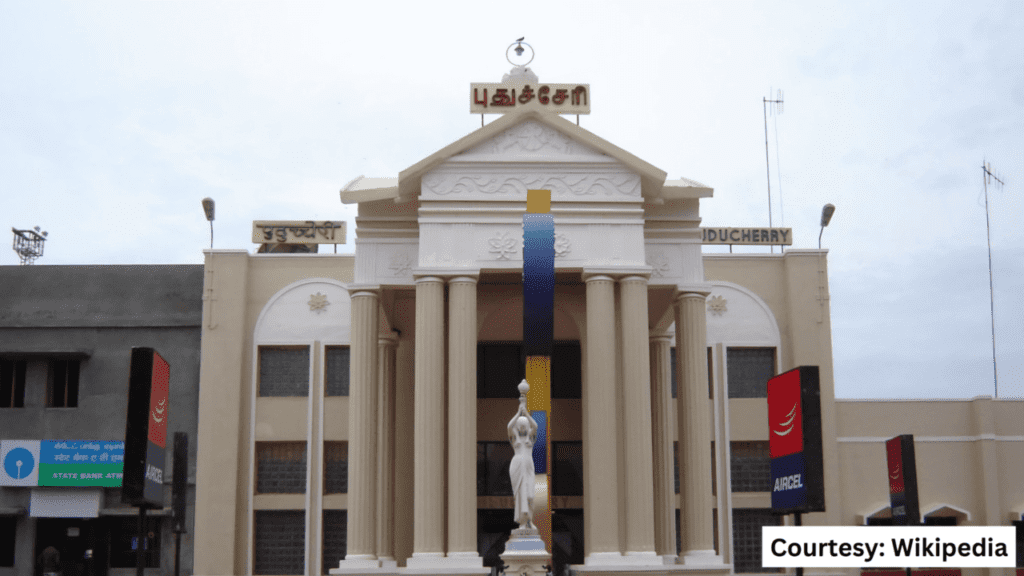
Union Territory: Puducherry | Platforms: 5
Puducherry Railway Station, built in 1879, is one of the oldest railway stations in southern India. Though smaller than major stations, it holds historical significance.
Constructed by the Puducherry Railway Company during the French and British regimes, its design blends French and British architectural elements. The station was built for mutual economic development despite colonial rivalries.
Today, Puducherry Railway Station serves tourists visiting the city and provides access to nearby attractions, making it a key transit point in southern India.
Jhansi Junction – 1881
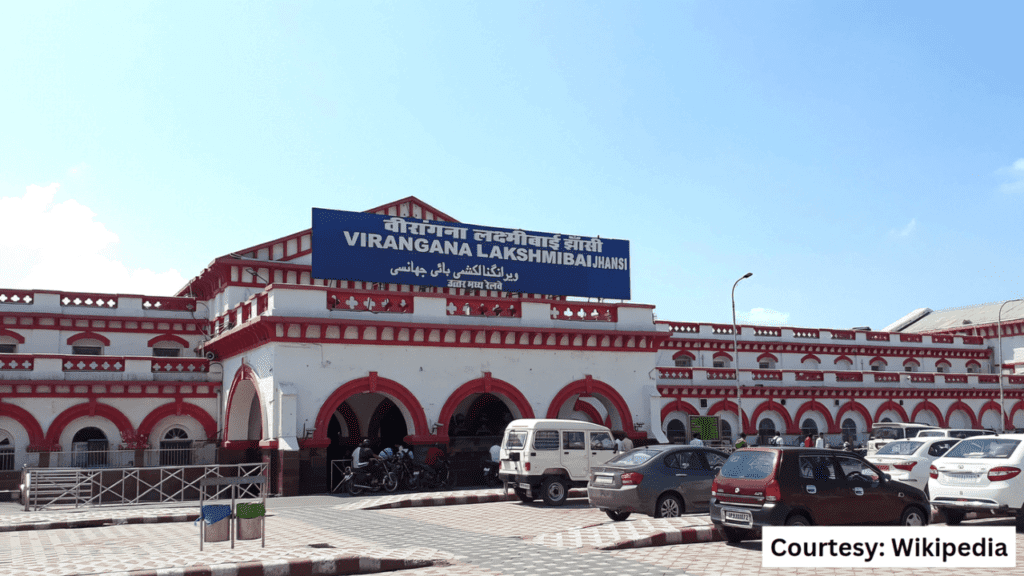
State: Uttar Pradesh | Platforms: 8
Jhansi Junction, officially Virangana Lakshmibai Jhansi Railway Station, was built in 1881 by the British. It is one of the oldest railway stations in India and features fort-inspired architecture, reflecting Jhansi’s historic fort.
The station boasts one of India’s longest platforms. Platform 3 measures 770 metres (2,525 feet), making it the fifth longest platform in the country.
Jhansi Junction is a key stop for tourists visiting Khajuraho, a UNESCO World Heritage Site, and serves as the starting point of the Gatimaan Express, one of India’s fastest train, running to New Delhi.
Hubballi Junction – 1886

State: Karnataka | Platforms: 8
Hubballi Junction, officially Shree Siddharoodha Swamiji Hubballi Junction, is one of the oldest railway stations in India. Built by the British in the 19th century, it served both passenger travel and goods transport.
The station is a key gateway for exploring southern India and is one of Karnataka’s most important railway hubs.
Hubballi Junction holds the world record for the longest railway platform, measuring 1,507 metres (4,944 feet). It has been officially recognized in the Guinness Book of World Records.
Kharagpur Junction – 1899

State: West Bengal | Platforms: 18
Kharagpur Junction, built in 1899, is one of the oldest railway stations in India and a major hub in West Bengal.
The first railway lines connected Cuttack to Balasore and Sini to Kolaghat via Kharagpur, facilitating both passenger and goods transport. Initially, locals feared train travel, worrying about bridge collapses. The Indian famine of 1900 helped break this taboo, as the railway company employed men and offered free rides with blankets.
Kharagpur Junction also boasts the fourth longest railway platform in India, measuring 1,072.5 metres, making it a notable station for both history and engineering.
Conclusion
Stepping into any railway station in India is a feast for the senses. From the moment you enter, you can watch bustling crowds, enjoy local snacks at food stalls, and pick up books or newspapers for your journey.
At the historic railway stations, the experience goes beyond this. You can admire the architecture, each building reflecting the rich history of India’s railway heritage.
Which of these oldest railway stations in India fascinates you the most? Share your thoughts and favorites in the comments below!
FAQs – Oldest Railway Stations in India
The first railway station in India was Bori Bunder, which later became Chhatrapati Shivaji Terminus (CST) in Mumbai. It was first operational in 1853. Today, it is renamed as Chhatrapati Shivaji Maharaj Terminus.
The first railway station in South India is Royapuram Railway Station in Tamil Nadu, opened in 1856.
Hubballi Junction in Karnataka holds the longest railway platform in the world, measuring 1,507 metres, recognized by Guinness World Records.
Chhatrapati Shivaji Terminus, Howrah Junction, Delhi Junction and Chennai Central are among the busiest and oldest railway stations in India, serving millions of passengers daily.
Yes, all the historic stations listed in this article are fully operational, serving both passengers and freight, while retaining their heritage architecture.
Absolutely. Many historic railway stations like CSMT, Agra Fort, and Jaipur Junction are accessible to tourists. Some, like CSMT, are UNESCO World Heritage Sites.
Howrah Junction, opened in 1854, is the oldest railway station in West Bengal whose original structure is still intact.
The oldest railway station in Tamil Nadu is Royapuram Railway Station, opened in 1856.
The oldest railway station in Kerala is Tirur Railway Station, opened in 1861.
The oldest railway station in Uttar Pradesh is Prayagraj Junction, formerly known as Allahabad Junction it was opened in 1859.
11 comments
Sharukh, this is a wonderful post. The architecture is amazing. Ha. Dan will love this. If you had photos of the trains, he’d be downright giddy. (Actually, maybe you do. My slow internet hasn’t downloaded all of them yet, so I read ahead.)
Things keep reminding me of my unfinished novel, Rose of India. I might be able to include a description of one of these wonderful stations in it. I really want to finish that story. Hugs to you and Sarah.
Thank you for commenting on the post, Teagan. Yeah, I know Dan is a train enthusiast and so am I. One of my earlier posts did focus on the trains but this time I skipped the trains completely, but I will do some other post on trains. For Rose of India, I believe Pune railway station seems like an ideal choice considering the outline you once told me. I’m waiting for your Rose of India novel and I know that creating a story takes time, so no rush. Hugs. 🙂
These are quite extraordinary. I think many of the older stations here have been torn down/ But none that I know of have the majesty of some of these. I particularly like the Howrah Junction one. (K)
Thank you for commenting, Kerfe. Glad that you liked these railway stations, Howrah Station, especially. It is the largest railway station in India and can park 23 express trains side by side. In total it handles 252 express trains daily which means there is a new express train parked every 45 minutes on each platform and each express train accommodates approximately two thousand passengers more or less. Here I’m not including any of the 500 plus commuter trains which run within the city limits only.
Wow! So many of them. I always enjoy learning about India’s culture and history from your words, Sharukh. Your love of your country shines through. Hi Sarah! ❤️.
I’m glad that you enjoyed browsing through the images and reading information on some of the oldest railway stations in India. A hello and hugs from Sarah and me. Thank you for commenting. 🙂
This is a delightful post, Sharukh. The stations are amazing. The number of platforms at the larger ones suggest how important rail travel is in your country. I would love to see these in person, but I think I’d miss my train walking around in the station.
Thank you for visiting this post, Dan. I had this idea in my mind since March but I decided to use this for the National Train Day assuming that you would also write something on trains, but no worries. Yes, even after having so many platforms, trains and railway stations we experience ‘Waiting’ especially during peak season. For instance, like right now April and May are school holidays so many people flock to their native towns and villages. Most long distance trains are packed and many travel sitting on the floor or just standing throughout the journey. I have done quite a few short distance journeys (5 hours) sitting on the footboard of the train. It is a completely unique experience I must tell you. Well, sometimes I wish if you would ever come to Mumbai I would love to take you around my town and train stations. Also, if you only want to explore the station you can do that buy buying a platform ticket, that way you can visit and explore the platform without hopping on the train.
You have chosen a very interesting topic which attracts everyone. Thanks for sharing the history of railways with beautiful words.
It is a great job done in presenting old history of railway stations in India. Congratulations for that and preserving history and culture. I am from Mumbai (Bombay) and traveled on railways in old time and enjoyed it.Among all the railway stations the crown jewel is old Victoria Terminus (V.T.) now Chhatrapati Shivaji Maharaj Railway Station.
Thanks for reading and taking time to comment, Dipak.